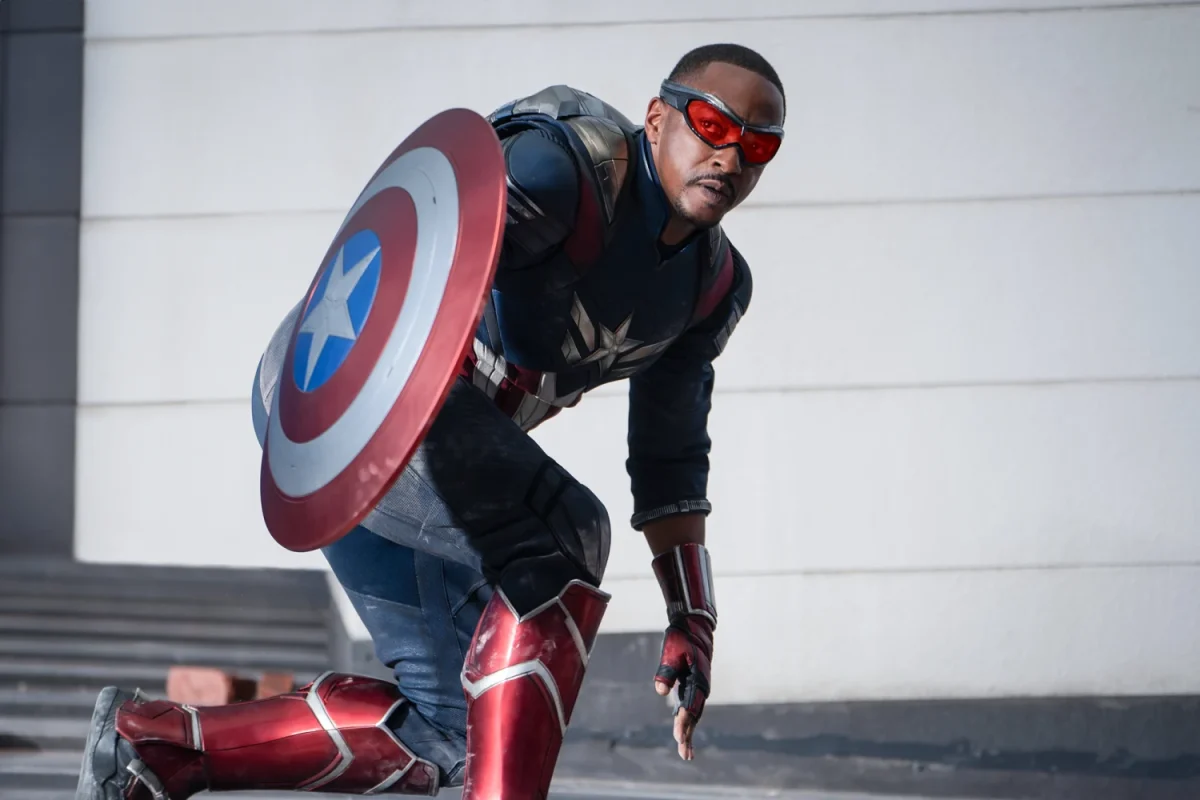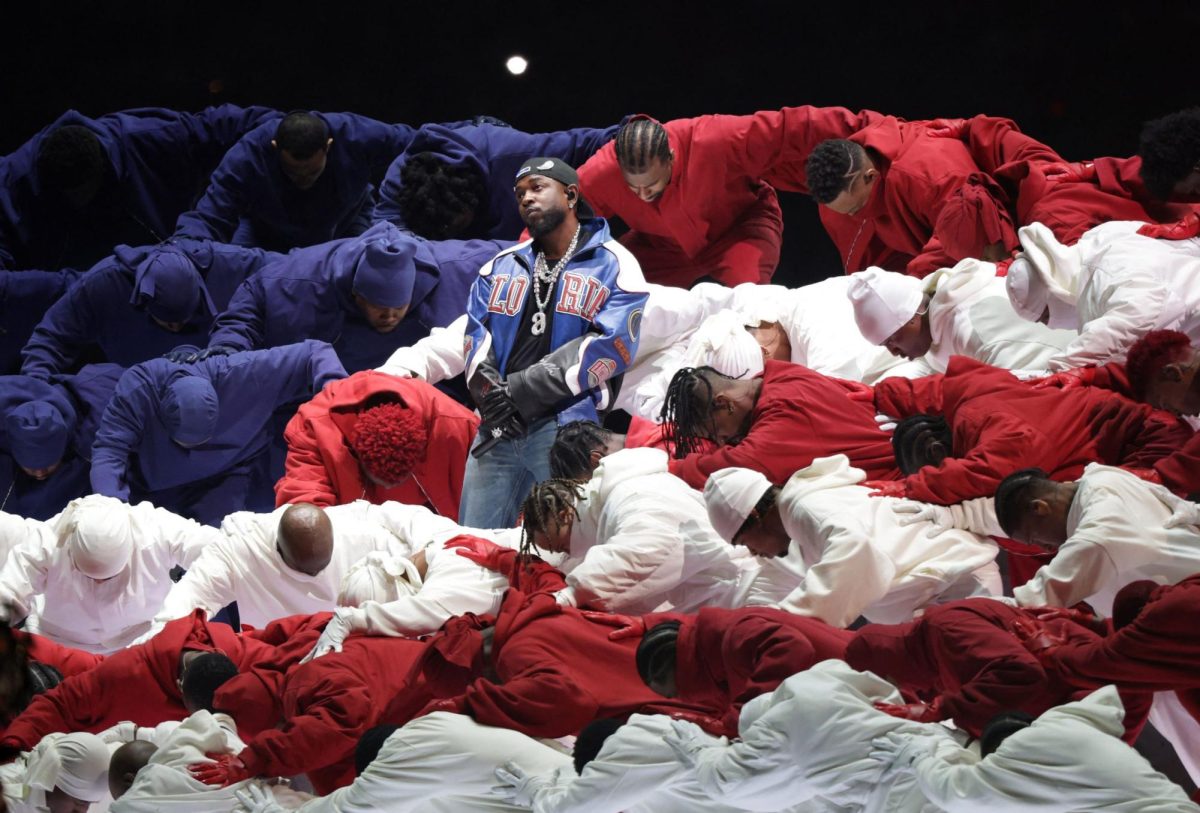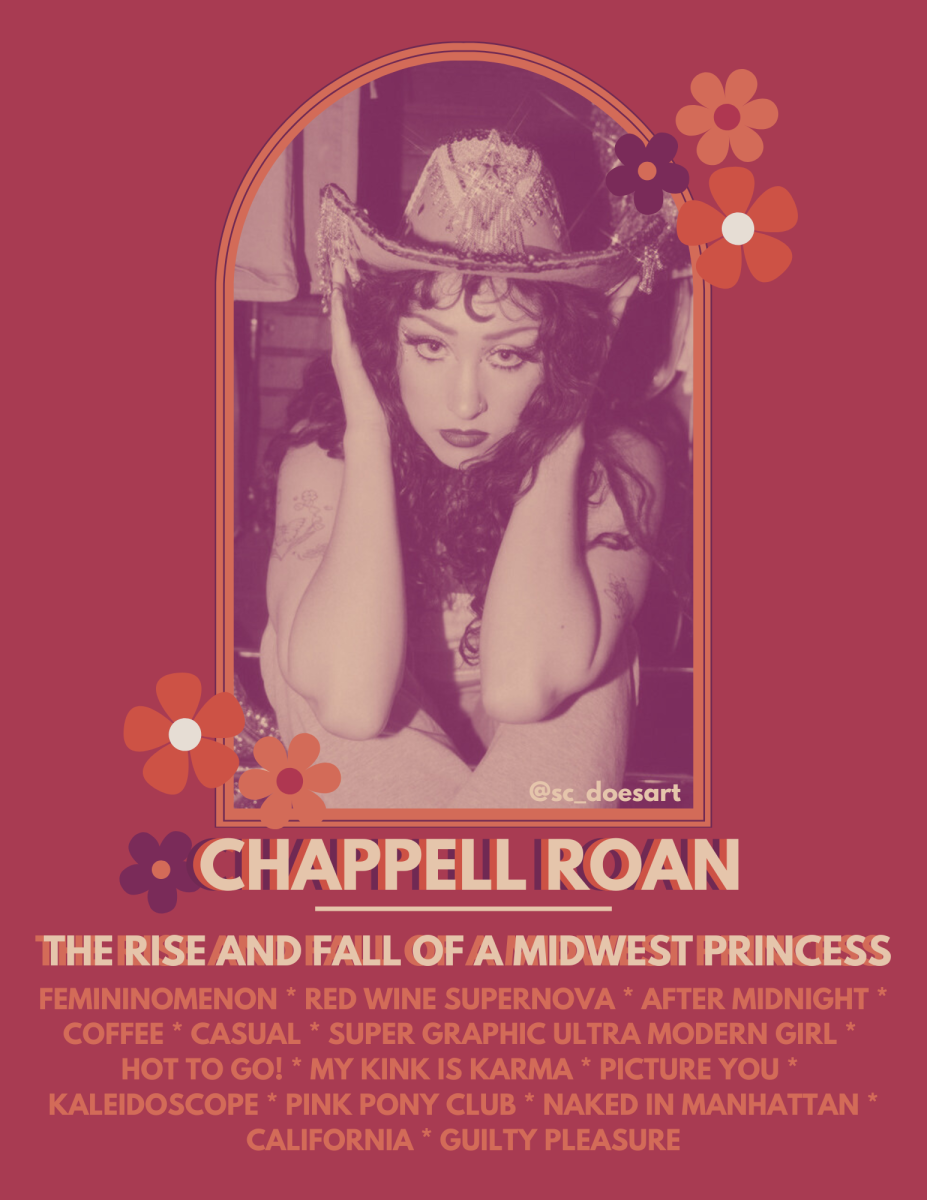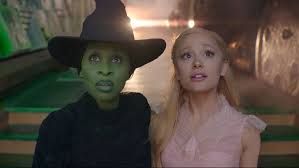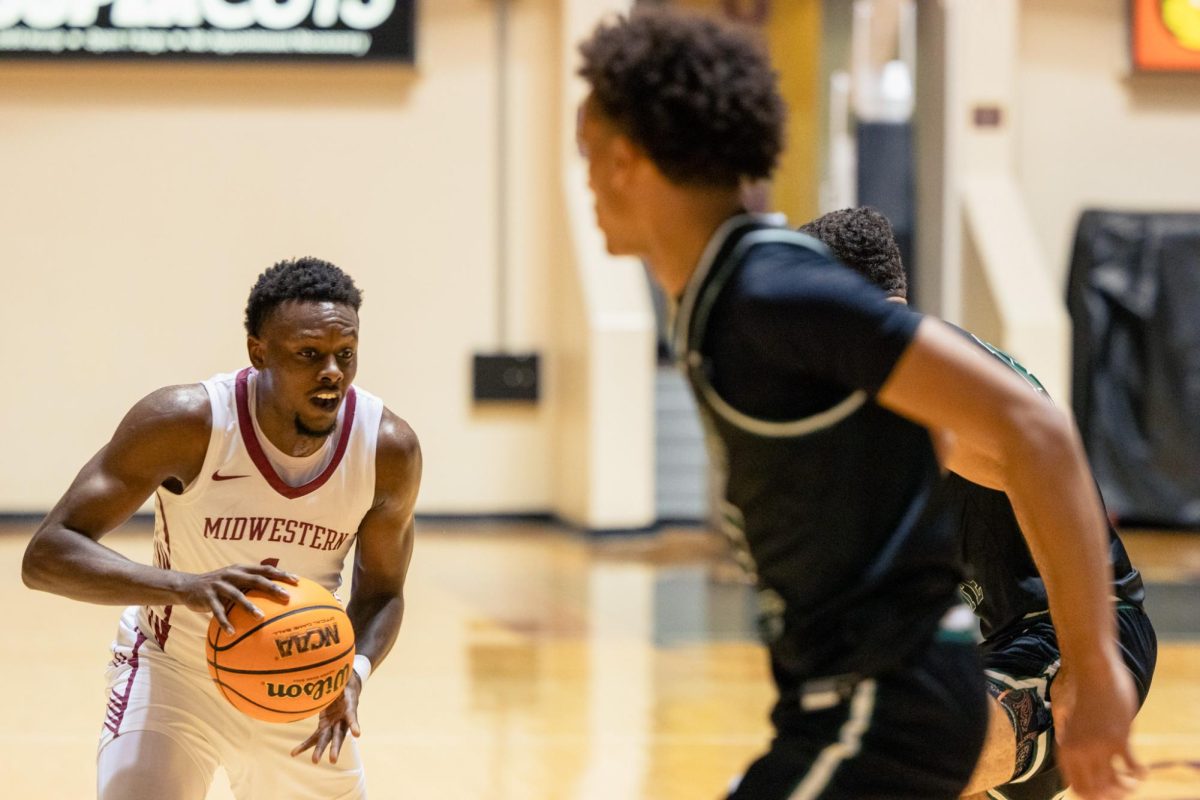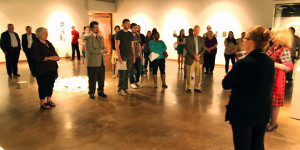
About 60 students, faculty and community members came to the Wichita Falls Museum of Art last Friday for the opening reception of three new exhibits. A retrospective of Marla Ziegler’s work and Four Decades of Work on Paper by the late Robert Rauschenberg will be on display until May 31 and Stewart Nachmias’ Prints & Cast Paper will be displayed until May 16.
The Nolan Moore Rare Book Collection reception was earlier that same evening, but Museum Director Francine Carraro said she and Cortny Bates, associate librarian of technical services, worked together to promote each other’s event rather than competing for the same audience.
“Cortny had called me early on and she said, ‘well I’ll change it,’ and I said ‘No, no, no. Once you get them on campus, let’s keep them here,'” Carraro said. “It’s a good night for the arts. It’s a good night for the community to come on campus and have access to the great resources we’ve got. The Moore collections are extraordinary.”
Erick Zambrano, junior in art, said he like Nachmias’ work the most despite the higher-profile artists also on display.
“He uses very vibrant colors which is something that I really do. It’s a good way to mix woodblock and printmaking,” Zambrano said.
Logan Canafax, photography senior, said she also enjoyed Nachmias’ work and his process for creating it.
“In the video he shows how he gets down into the grooves. It’s a sculptural take on something else,” Canafax said. “I want to do this. Over the summer, this will be my summer project.”
Ceramic artist Marla Ziegler gave the gallery talk in front of her work displayed in the main gallery. She and Danny Bills, museum curator, set up her pieces in the gallery over three days, which Ziegler said was one of the easiest setups she has done.
“It was so easy. Even the selection process was easy for me. I don’t think that he’d ever done a show where [the artist] brings more than you need and then just decide,” Ziegler said. “I just wasn’t familiar with the space like he was, so I was like, ‘take this, take this!’ because we might need it when we get there. It might have been different if I lived closer. If I left something there, I can’t just run home and get it.”
Ziegler said it was her first show in Wichita Falls and she liked the gallery space she was able to display her work in.
“What a beautiful layout. There are like 30-something pieces here but everything has its own space,” Ziegler said. “The lighting is so unique in here. It’s like everything is a star. Every piece gets its own stage.”
Bills said Ziegler thought the gallery space was too big when she first came to see it.
“I said, ‘Well let’s see if we can make it work,’ and it did,” Bills said. “One of our biggest strengths is we’re one of those places that can really do a retrospective run. I’m not saying that other places can’t, but if you go into a space where there’s a lot of portable walls and a lot of different things happening and you have to kind of work it like a maze, it’s very limiting.”
Bills said Ziegler was excited when she found out that she would be sharing her gallery space with Rauschenberg.
“Who wouldn’t be? A pop artist, one of the blue-chip artists that I respect and wrote papers on in graduate school as an art historian. It’s unbelievable,” Ziegler said. “I try not to think about it too much, it might inflate me.”
Sixteen large pieces of Rauschenberg’s work are on display in the museum, and between the size of the work and the skill of the artist, Bills said Rauschenberg’s work rivals that of painters.
“This is competing on scale with painting, which is not the way printmaking used to be. It used to be small etching and things like that,” Bills said.
Bills said the pieces also show an aspect of printmaking that traditional silk screen prints can’t show.
“It shows the versatility and the outside of the box type of thinking that’s going on,” Bills said. “The important thing to remember about Rauschenberg is if he could, he would make four or five things a day, so we’re talking about a stream of consciousness, in-the-moment kind of intuitive way of working.”
Bills said hosting the work of an artist as prolific as Rauschenberg is educationally beneficial for art students.
“This is a fantastic opportunity for them. This is art history right here, right now, in the room. It’s got technical things about it that any student who’s in school producing art is going to appreciate,” Bills said. “You’ve got professor Giles bringing in a whole other discipline and they’re going to work in a literary way on this type of thing.”
Assistant Professor of English Todd Giles created an interdisciplinary class this spring that studies U.S. literature, music and art, such as Rauschenberg. He said about half of his class came to the reception, but they will meet in the Rauschenberg exhibit for their final exam.
“Their final assignment is they’re going to pick one of Rauschenberg’s works and then they’re going to write a paper on it. It’s going to be kind of a response paper, so their reactions to the work. Then we’re going to set up chairs in here for the final exam, and our final exam is going to be their presentations of, ‘this is what I think about the work,'” Giles said. “I want the rest of the classmates in here to engage their engagement in the art. I want to get them over here, I want to get them into the museum space. I think this is an incredibly valuable asset for the university.”




